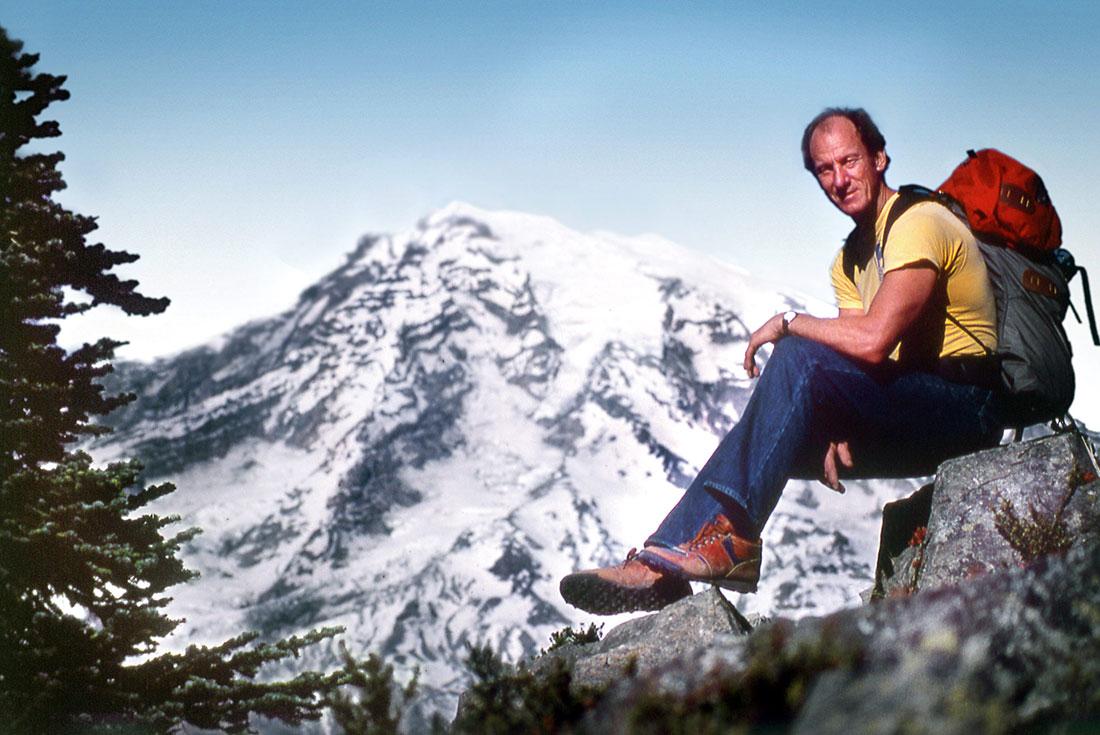Ascending the Trail of New Balance All Terrain
From the multi-terrain that inspired runners to swap the track for the trail, to the Rainier boot that conquered Mount Everest in 1984, have always maintained a sure foot on any surface. Several decades deep in the outdoors game, the brand’s next product evolution is primed to arrive. The twin stars of the innovation show are Fresh Foam X and MegaGrip, both of which make their debut on the Hierro v5 hiker and 850AT. The latter is a nu-retro update of the no-logo 850 designed by Stephanie Howard in 1996. Splattered with mud motifs and bold colour combos, the beefy vibes exemplify the future of the New Balance All Terrain campaign. Buckle up as we head for the hills!
